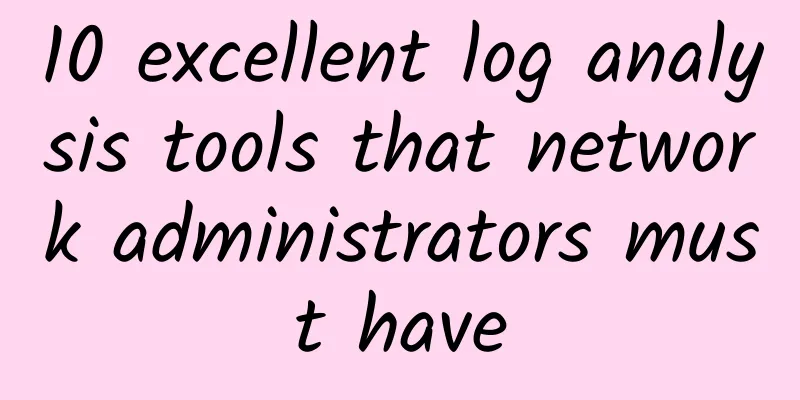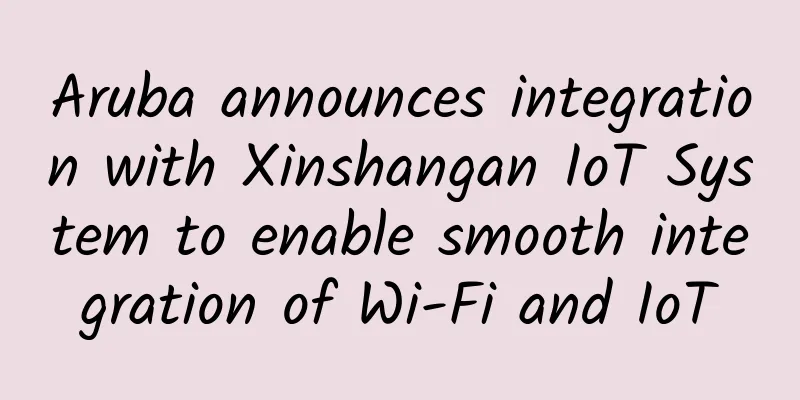How to Make Ethernet Cable Longer

|
Looking to extend your existing Ethernet cable, or get around maximum length limitations without sacrificing performance? You'll be happy to know that there are several ways to make Ethernet cables longer. Maximum length of Ethernet cableStandard Ethernet cables use copper wires to send data signals from one end to the other. But the farther an electrical signal travels, the more it degrades. As a result, all Ethernet cables have a maximum length beyond which you risk poor performance or a complete loss of connection. With a few exceptions, almost all categories of Ethernet cables are set to a maximum length of 100 meters. For example, Category 6 (Cat-6) cables can only maintain 10Gbps speeds for about 55 meters. They will still work at a range of 100 meters, but you will only get 1Gbps speeds at a range of 55 meters. Similarly, Cat-8 cables have a maximum length of only 30 meters. But you are not limited by these length limitations. You can use equipment such as network switches and media converters to go beyond 100 meters. Network switches: reliable power supplyA network switch is one of the better and more reliable ways to connect Ethernet cables or bypass the 100-meter length limit. While switches are primarily used to provide additional Ethernet connections on a network, you can also use them to extend the length of a cable as they regenerate data signals. Consumer-grade network switches are very simple to operate. You simply plug the incoming Ethernet cable into one port and the outgoing cable into the other. The only downside is that the switch requires power, so you'll need an electrical outlet to install it. With each switch, you can extend the length of the Ethernet cable to its maximum limit, which, as mentioned earlier, is 100 meters in most cases. So, with just one switch, you can have a 200-meter-long Ethernet connection. However, you must make sure that the network switch has the same data transfer speed as the Ethernet cable. Media Converters: Going the DistanceAnother device that can be used to extend an Ethernet connection is a media converter. It usually has two ports - one for an Ethernet cable and one for a fiber-optic cable. The device converts Ethernet signals to fiber-optic signals on one end and fiber-optic signals to Ethernet signals on the other end. Ethernet fiber media converters are very useful when extending Ethernet connections over long distances. Multimode fiber has a transmission distance of about 550 meters, and single-mode fiber can transmit for miles. Ethernet Coupler: Best for Small ProjectsWhile network switches and media converters are great for getting around the 100-meter limit, if you're just looking to extend a short cable, an Ethernet coupler is all you need. It's one of the simplest ways to connect two Ethernet cables and get a longer cable overall. As the name suggests, an Ethernet coupler is a simple device with two female RJ45 connectors that plug into one end of each cable. Unfortunately, couplers are only useful if the combined length of the two Ethernet cables is less than 100 meters. Any longer and you risk degraded performance or complete loss of connectivity. While you can use multiple Ethernet couplers to connect multiple short Ethernet cables, this is not a good idea. By increasing the number of couplers in an Ethernet connection, there is a greater chance of failure or speed loss. Another important detail to keep in mind before picking up an Ethernet coupler is the type of cable you are connecting. It is best to group Ethernet cables of the same category together. Also, if the cable is shielded, you should get a shielded coupler. Otherwise, you will face performance issues due to shielding loss. Everyone's network requirements are different, and sometimes, you may find yourself running an Ethernet connection longer than 100 meters. In this case, it's best to opt for a network switch or media converter to get a secure and reliable connection. Alternatively, if you only need to extend a relatively short cable, you can always use an Ethernet coupler. |
<<: What does a communications engineer do?
>>: A brief analysis of the Time Sensitive Network (TSN) technology for deterministic networks
Recommend
How long can Huawei's enterprise business maintain such high growth in performance?
The beginning of 2018 In his New Year's Day m...
Get an immersive understanding of the top data centers of multinational companies
If you trace their roots, the 21st century data c...
With costs increasing by 30%, will mobile phone prices rise across the board?
This year is the explosive growth period for 5G c...
RoboVPS: Germany/Netherlands unlimited traffic VPS starting from 129 rubles (≈10.9 yuan) per month
RoboVPS is a foreign hosting company founded in 2...
Slow Internet speed? These 8 methods can completely solve it
Here are 8 ways to fix a slow Internet connection...
What are baseband and radio frequency used for?
"End-to-end" is popular nowadays. Let&#...
NexusBytes: $4/month KVM-1GB/15GB/250GB/Japan data center
NexusBytes describes itself as a one-person compa...
Riverbed Releases SteelFusion 5.0, Adds Support for NAS Storage
[[185144]] Riverbed Technology, the application p...
In 2016, SDN is accelerating in the enterprise market, while the carrier market is still in the process of warming up.
[Original article from 51CTO.com] With the advent...
Breaking the “lack of core and soul”, my country successfully developed 5G millimeter wave chips
According to Science and Technology Daily, on Jun...
[Black Friday] SaltyfishTech: 499 yuan/year-4 cores/4GB/50G SSD/1TB@150Mbps/Germany 9929 line
SaltyfishTech also released a special Black Frida...
Building the fiber optic network for the next 20 years
The pace of fiber network deployment is accelerat...
In addition to speed, 5G can also change these aspects of your life!
5G is the hottest buzzword at the moment, and it ...
Grid development puts forward new requirements, 5G empowers new upgrades
The emergence of electricity has completely chang...
The rise and fall of online storage in the past decade: persistence is not easy, and free storage is not sustainable
Network storage has always been a way of storing ...









